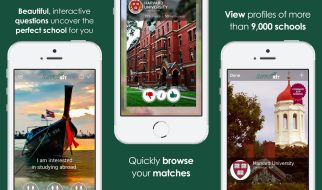
Sometimes the upper and lower ball joints can malfunction due to usage or road problems. Here?s how you can spot the signs and symptoms of a failing ball joint.
The front suspension allows the front wheel of your vehicle to move up and down solely to give you a smooth ride, it also makes the turns left to right so that you can make your vehicle move. You can choose between suspensions like an upper and lower control arm type and the strut-type suspension. Although different one thing both of these suspensions share is the ball joint.
Ball joints act like ball and socket joints for automobiles. These joints are round in shape which connects the control arms to the steering knuckles. Most vehicles have upper and lower ball joints on both sides in the front suspension. The low ball joints are bigger and wear out faster. If a ball joint fails it can cause your steering to malfunction. Here?s how to spot the signs of a malfunctioning ball joint.
Symptoms of loose ball joints
1. As you know nothing lasts forever so are ball joints. It?s how you drive that will matter the strain on joints. Other factors are road conditions and exposure to road water and salt. If they have to wear the ball and socket joint wear together.
2. You should be able to hear sounds when ball joints are malfunctioning. Malfunctioned or loose joints will make clunking noise that would come from the corner of your car. Whenever you hit a bump you?d hear the noise clearly. The sound will be faint first and later it becomes louder.
3. Pay attention to the steering. Do you feel your steering wheel vibrate while you drive or start your car? If yes, then the chance is, the joints are either loose or broken. Worn balls can affect a vehicle?s steering.
4. Notice for any sign of your ball joints wearing out. If the inner or outer edges of your front tires are wearing out faster than the rest then this can be a supposed signal. If both the edges wore out then that isn?t a ball joint problem.
Can you drive a car with a bad ball joint?
If you are suspecting a worn ball, without any delay take your car to the nearest mechanic. Joint ball problems shouldn?t be ignored because by doing so you are pushing the car to have its suspension apart which can eventually lead your car to lose control. So, driving isn?t the best idea with a broken ball joint. How often should ball joints be replaced? A good rule of thumb is between 70,000 to 150,000 miles.
Conclusion
Check the ball joints? built-in wear indicators. These indicators have a movable grease fitting which would help you when you face difficulties while trying to diagnose those loose ball joints. When a collar of the grease fitting is flush with or below the bottom of the ball joint housing, that?s when it needs to be replaced.


